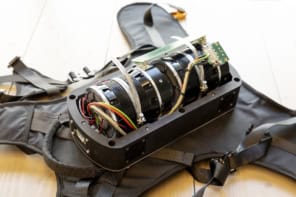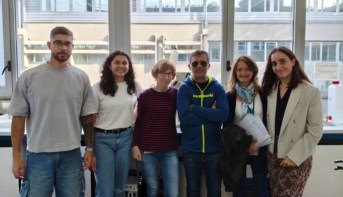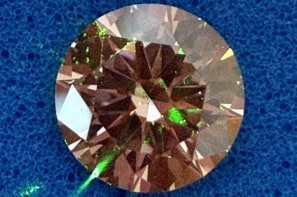Flash Physics is our daily pick of the latest need-to-know developments from the global physics community selected by Physics World‘s team of editors and reporters
Soft robot hugs a broken heart
Researchers have developed a soft robot that can fit around a heart and help it beat. In an attempt to improve cardiovascular treatments, scientists at Harvard University and Boston Children’s Hospital in the US have created a customizable robotic sleeve that can augment heart functions. Today’s treatments for heart failure include heart transplants and ventricular-assist devices (VADs) – mechanical pumps that force blood from the ventricles into the aorta. While VADs are improving, there is always the risk of clotting, blood-thinner side effects and infection because the device is in contact with the blood. In contrast, the robotic sleeve, developed by Ellen Roche and team, wraps around the heart. Made of thin silicone, it uses soft pneumatic actuators to mimic the heart’s two outer muscle layers. The actuators are supplied with air by an external pump, which allows them to twist and compress in sync with the heartbeat. Another benefit of the soft robot is that it is customizable to the patient. Should one side of a patient’s heart be weaker than the other, the robot can account for that. If the heart begins to weaken, the actuators can apply more pressure. While the device is still in the early stages of development, in the future it could be used for patients with heart failure and aid in cardiac rehabilitation and recovery. The work is described in Science Translational Medicine.
New magnetic data storage is cool and quick
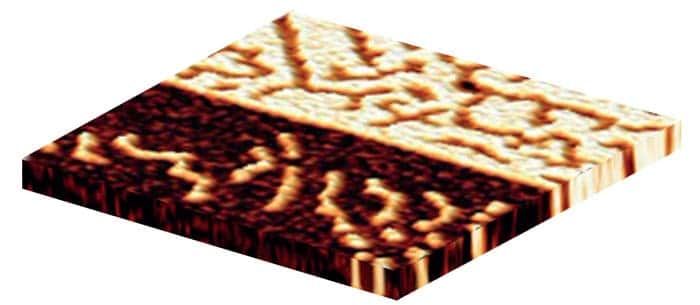
An ultrafast and energy-efficient way of writing data to a magnetic storage medium has been unveiled by researchers in Poland and the Netherlands. Their storage medium is a thin layer of yttrium-iron garnet (YIG) in which some of the iron atoms have been replaced with cobalt. These cobalt atoms tend to align their spin magnetic moments along one of three high-symmetry directions in the material’s cubic lattice, leading to regions of net magnetization. Andrzej Stupakiewicz of the University of Bialystok, Poland, and Alexey Kimel of the University of Radboud, the Netherlands, and colleagues have shown that this magnetization can be “steered” from one lattice direction to another by shining a tiny spot of linearly polarized light on the material. The infrared light is tuned to correspond to a transition between two different d orbitals in cobalt – the d electrons being involved in the magnetic properties of the material. Information can be stored in the direction of the magnetization, which can be switched in less than 20 ps. This is much faster than today’s magnetic storage media. Writing in Nature, the team reports that switching requires less that 6 j/cm3. This is much less than today’s magneto-optic storage devices, which rely on heating up the medium to switch the magnetization.
CERN antiproton measurement props up Standard Model
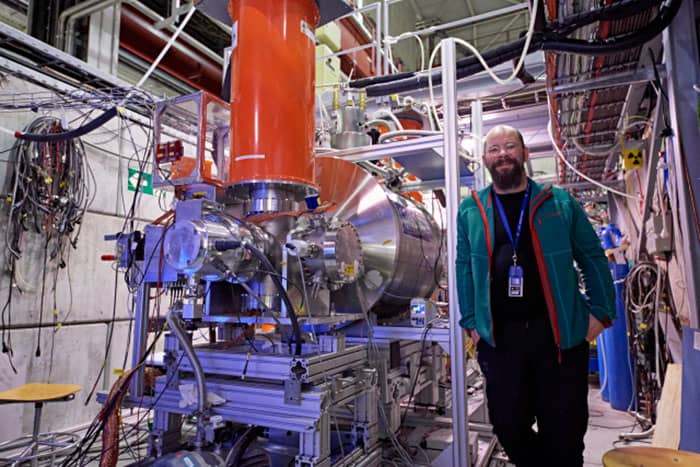
The magnetic moment of the antiproton has been measured with a sixfold improvement in accuracy. The BASE collaboration at CERN has reported the best measurement to date, with an experimental uncertainly of 0.8 parts per million. This improves upon the 2013 measurement by the CERN-based ATRAP collaboration, which had 4.4 parts-per-million uncertainty. Both experiments had aimed to shed light on an important mystery of antimatter: while antimatter appears identical to matter at a particle level, the universe as a whole contains little antimatter – which suggests it is different. By measuring properties such as magnetic moment, scientists can test the Standard Model and its matter–antimatter symmetry for chinks that could explain the disparity. The BASE experiment cools antiprotons from CERN’s antiproton decelerator to about 1 K before trapping them in electromagnetic containers. The containers store the antiprotons for long periods of time and release them individually into further traps where measurements are made. However, while the latest measurements show impressive accuracy, the antiproton magnetic moment was found to be the exact opposite of the proton’s – just as predicted by the Standard Model. The next step for BASE is to try a new trapping technique that should improve uncertainty by a factor of up to 800, which could reveal a glimpse of new physics. The current study has been reported in Nature Communications.
- You can find all our daily Flash Physics posts in the website’s news section, as well as on Twitter and Facebook using #FlashPhysics. Tune in to physicsworld.com later today to read today’s extensive news story on a new and extremely efficient miniature laser.

